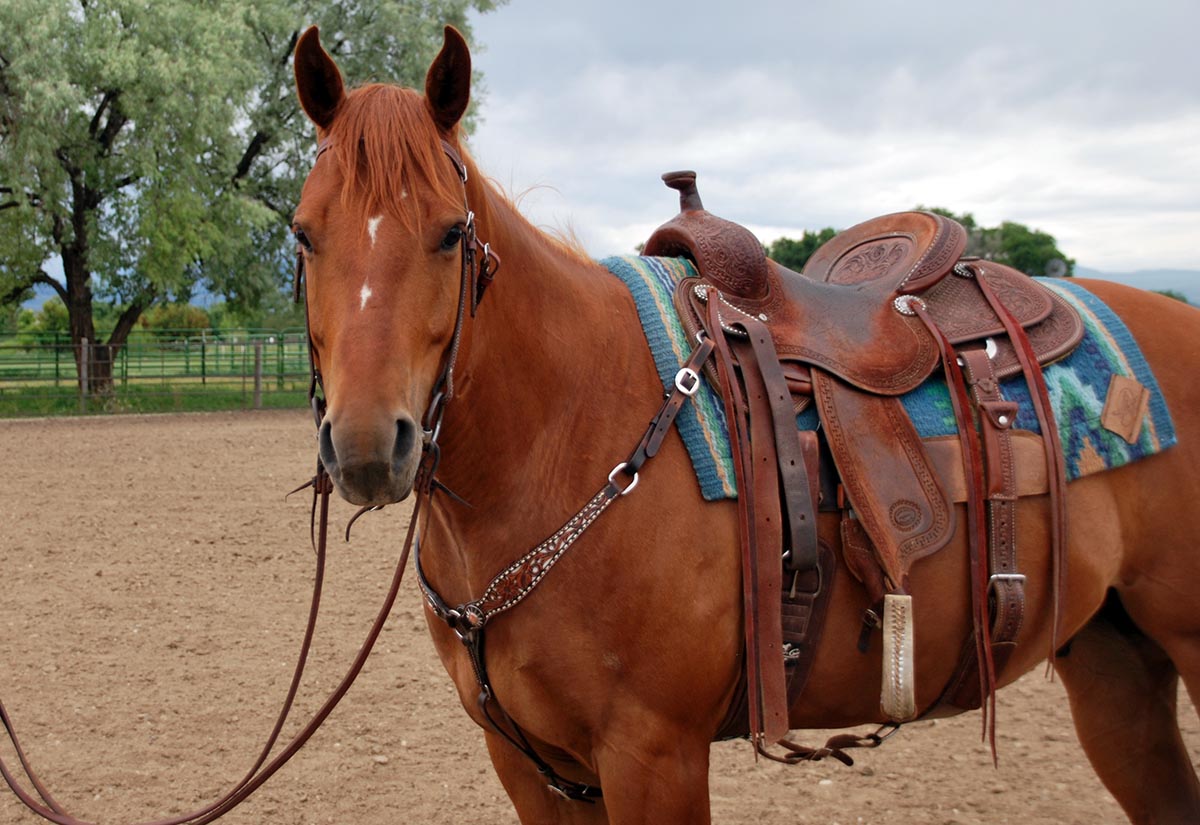Horses are majestic creatures, embodying both grace and strength. But, just like us, their well-being is pivotal for an optimum performance. Equine body condition scoring is an essential practice for horse enthusiasts. It offers a scientific way to assess whether a horse is too thin, overweight, or just right. By understanding this, we can ensure our equine friends lead healthy and fulfilling lives.

The Importance of Body Condition Scoring
The primary goal of equine body condition scoring is to evaluate fat coverage and overall health. This process helps owners make informed decisions about a horses diet, exercise, and nutrition. Horses with ideal body conditions are more likely to perform better, have a longer lifespan, and resist diseases more effectively.
For those interested in equine nutrition, articles like Sweet Feed for Horses guide provide insights into optimal feeding practices.
The Body Condition Scoring System
The Nine-Point Scale
The most common system for body condition scoring in horses is the nine-point scale. Facilitating accurate assessments, the scale ranges from 1 (poor) to 9 (extremely fat). This meticulous process allows horse owners to discern even the subtlest changes in their horses body condition over time.
Specific Points of Evaluation
The scoring examines specific physical points on the horse’s body, such as the ribs, neck, and tailhead. Each point provides valuable insights into the horses health. Identifying changes in these areas can provide early indicators of health issues or nutritional imbalances. For further reading on managing a horses nutrition, this article delves into nutrient deficiencies.
How to Score Your Horse
Step-by-Step Guide
1. **Start with Visual Assessment**: Look at your horse from different angles, checking for symmetry and even fat distribution.
2. **Physical Palpation**: Gently feel specific areas like the ribs. This step is crucial because a horse might appear healthy yet still be over or underweight.
3. **Assigning a Score**: Based on your observations, categorize your horses condition on a scale of 1-9.
For a comprehensive understanding, horse owners might consider Feeding Lactating Mares and other relevant guides.
Common Issues and Solutions
Underweight Horses
Underweight horses can arise from inadequate nutrition, stress, or illnesses. A detailed evaluation followed by a tailor-made dietary plan is recommended. Furthermore, following the guidelines in this Summer Feeding Schedule resource can help adjust nutritional intake.
Overweight Horses
Conversely, overweight horses face risks of metabolic issues and joint strain. Reducing calorie intake and increasing physical activity can help restore their healthy condition.
Why Consistency is Key
Just like humans, horses benefit from routine. Regularly conducting equine body condition scoring helps track progress and swiftly detect any irregularities. Consistent monitoring ensures that your horse remains in peak health throughout the year.
To learn more about optimizing a horse’s wellness, the Ohio State University guide offers invaluable insights.

FAQs
1. Why is body condition scoring important?
It’s essential because it helps owners address the dietary and health needs of their horses adequately, ensuring longevity and performance.
2. How often should I perform body condition scoring?
Ideally, every month. Regular assessments help detect changes early, allowing for timely interventions.
3. Can I rely solely on visual assessment?
Visual assessments should be complemented with physical palpation. Relying_only on a visual check could lead to oversight, especially in fluffy coats.
This article contains affiliate links. We may earn a commission at no extra cost to you.






